Useful Furniture Storage Solutions for your Next Move
March 7, 2023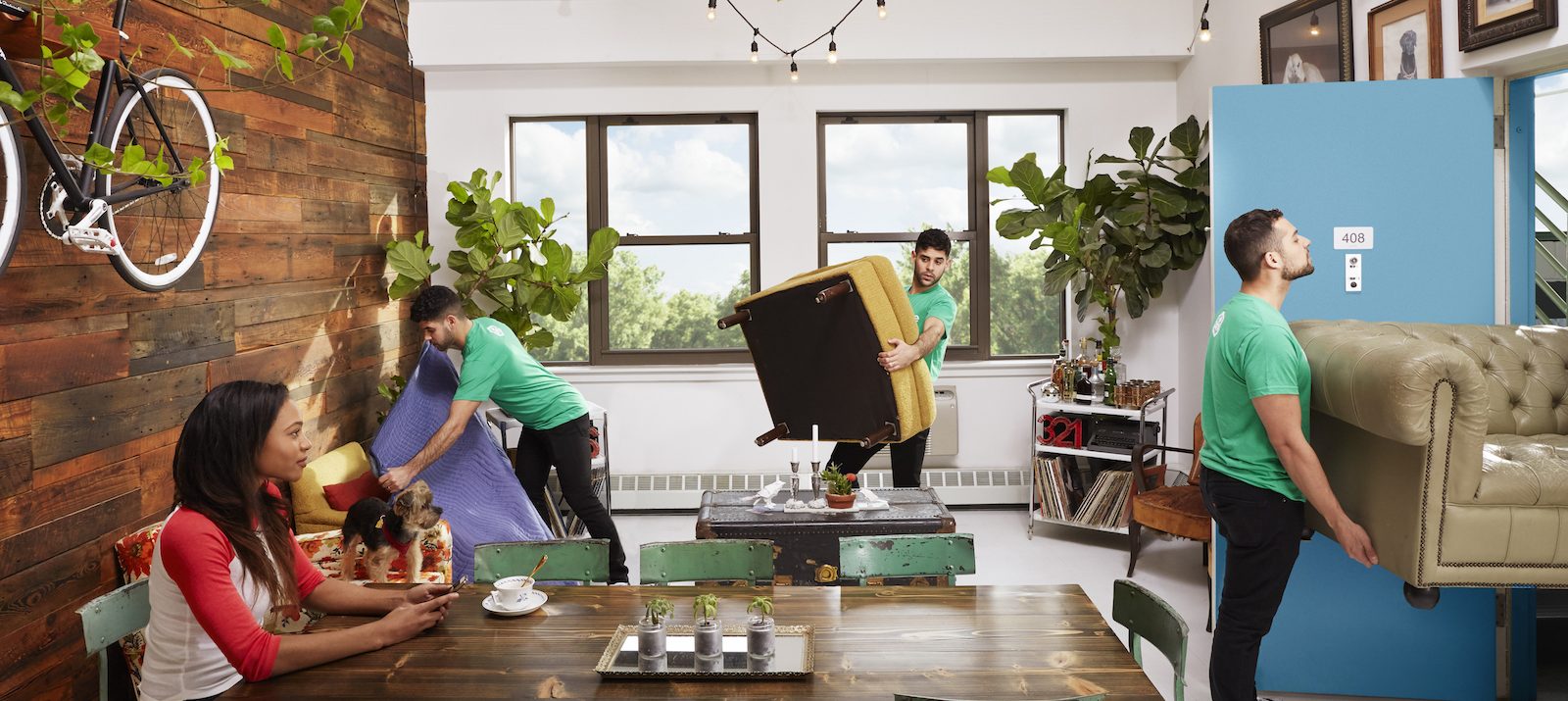
There will come a moment when you will require storage solutions for your furnishings. You might be decluttering your home in preparation for a sale, or you could need a storage place for your belongings while you relocate. Whatever the case may be, one thing is certain: you want to ensure that your furniture is safe and secure. You don’t need the added expense of having to buy new furniture, or, even worse, the risk of destroying a priceless family relic. Look at some furniture storage options; they’ll come in handy once you begin packing and sorting.
First and foremost, make sure you have all of the necessary instruments before you begin. You’ll most likely have to disassemble several huge pieces of furniture, fix what needs to be fixed, and then reassemble everything, making sure everything is securely screwed and safe. You’ll also need a lot of bubble wrap, duct tape, cushioning, and other supplies.
No matter how long your furniture will be in storage, you must first prepare it. You don’t want to end up causing any damage. So, here’s what you’ll need to do:
Break it down if you want to save space
Many pieces of furniture in your home were not delivered in one piece; most, if not all, can be dismantled and reassembled.
Also Read: How to Properly Secure your Furniture while Moving
Make sure your furniture is safe
Related: Benefits of Climate Controlled Storage, Keeping Your Belongings Dry and Secure!
Even though a chair is scarred, it can still be used for its intended purpose. This does not, however, usually apply to a scratched screen or a computer that has been slightly bumped. This is why you must handle gadgets with extreme caution. Here are some suggestions for storing electronics.
It is recommended that you choose a climate-controlled storage facility. If the storage facility, on the other hand, does not provide climate control, you should probably avoid storing heirlooms and antique furniture there. Original stains, paints, and materials may disintegrate when exposed to severe temperatures. Collectibles, kitchen appliances, and televisions should all be kept in their original packaging. After properly packing and wrapping things with glass or mirror surfaces, it’s a good idea to label the box to indicate that it should be handled with caution when moving.
Related: Different Types of Moving Services and Moving Companies
Now that everything is ready to be stored, you must consider the best approach to store your belongings. Are you a Tetris master? It’s a skill that could be quite useful at this time. You want to make the most of the available space. You can accomplish this by placing items in the proper order but also taking care not to stack heavy objects on top of fragile items.
Keeping items easily accessible is also one of the most crucial furniture storage solutions. To accomplish this, you must first devise a strategy for what goes in first. The larger, heavier goods should be stored and sorted first, as they will be placed toward the back. Then you’ll want to put smaller items near the front — these are the items you’ll most likely need at some time, so they need to be easily accessible. This way, you’ll conserve room and avoid the hassle of searching through heaps of boxes to find that one small chair your child has been requesting.
Have you begun to make preparations yet? Making the appropriate plan and sticking to it will save you a lot of time, energy, and money, so keep these valuable furniture storage solutions in mind as you start arranging things.
Related Articles:

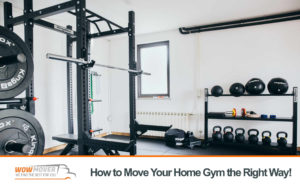

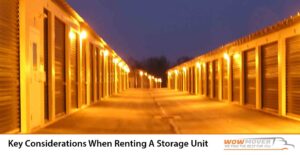
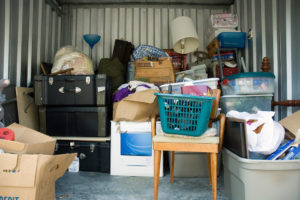
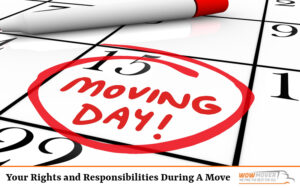
All of our customers, whether they realize it or not, strive for rodent-proof storage. However, things we do accidentally while storing belongings in a storage facility might often attract unpleasant bugs. An infestation might begin and return before we realize it. Everyone should learn how to keep pests and rats out of storage facilities as much as possible.
Try these other strategies to keep undesirable critters out before buying a ton of traps and poison. Most of the time, a little planning goes a long way toward keeping your items clean and secure.
Following all of the procedures described below is the best method to keep rats and other vermin out of your storage. It’s quite rare that you’ll have difficulty if you remove food, store stuff properly, and choose the right facility.
Packing your belongings in well-sealed containers is the most effective approach to keep bugs out. Plastic containers are ideal for linens, fabrics, and garments, in particular.
For storage, we recommend purchasing new cardboard boxes. The new boxes will be stronger and less likely to have gaps or punctures through which pests could enter, as well as be built to endure stacking for extended periods of time.
If you’re going to use free moving boxes, make sure to stay away from free cardboard boxes from grocery stores or restaurants. Unwanted pests have been known to be attracted to these.
This may sound self-evident, but you’d be shocked how many individuals make the error of storing food in storage. If you’re in a rush to move, don’t put your entire pantry in a storage container and expect no one to notice.
Look for food in places you didn’t plan to leave it. Under the cushions, vacuum or clean the furniture. Look for crumbs or leftover food on the surfaces of kitchen storage containers, pots, and pans.
This step entails more than just storing food. Make sure the area around the unit is swept and there are no crumbs from previous renters or a meal you ate on moving day. Also, avoid eating anything inside your unit. The lingering odor might be very appealing to undesirable animals.
Even though bugs and rodents may crawl, it’s best to keep your belongings off the ground. Using open shelving or laying clean pallets on the ground are two simple ways to accomplish this.
This step will not only assist to keep bugs out of your boxes but will also preserve your goods from dampness.
Many sports fans would agree that the best offensive is sometimes the best defense. But it doesn’t mean you have to bring a ton of poison and traps with you.
Before using any pest spray, chemical, or commercial repellent, check with your storage facility. Professional pest treatment is used on a regular basis in reputable storage facilities. Their approaches are effective and, more significantly, take into account people’s safety.
Mothballs may appear to be harmless, but the odor can destroy clothing and furniture not just in your storage unit, but also in nearby apartments. You can also use natural methods to keep pests at bay.
Keep mice and pests out of your storage unit by following these steps:
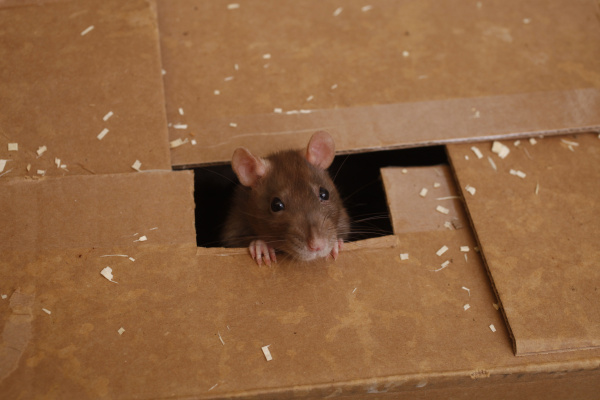
Mattresses are the most typical way for bed bugs to enter storage containers. Make sure any mattress you’re storing is bug-free before putting it away. Use a plastic mattress cover that is specifically made to keep pests out to deter them from entering.
Bugs can crawl into upholstered furniture, and rodents can gnaw it up. Make sure to cover anything with fabric in any way. Take a time to double-check that the furniture is properly covered.
Keep in mind that while you want to keep pests out, you also want your belongings to be able to breathe. Wrapping furniture in plastic or cloth too tightly might lead to moisture build-up underneath, which can destroy it.
Also Read: How to Properly Secure your Furniture while Moving
When pest and rodent infestations are identified and dealt with quickly, they are the easiest to treat.
Every other month or so, we recommend paying a visit to your storage facility. Make sure you inspect your storage unit for any evidence of rat or pest damage every time you come. New holes, rodent droppings, or the presence of bugs should all be looked for.
If you detect any of these issues, please notify management right once. Ascertain that the organization inspects the issue and corrects it as soon as possible.
The facility is one of the most important decisions you can make when it comes to pest control. If the storage facility has been neglected by management, there isn’t always much you can do to keep pests at bay.
There are a few red flags to look for before renting, such as noticeable cracks or deteriorated seals on the storage doors. A well-kept facility is considerably more likely to not just prevent infestations, but also deal with them quickly if they do emerge.
Consider the following factors while choosing a storage facility:
Related: Moving Guides: What can you do with moving blankets
Even the cleanest storage facility will have pest problems from time to time as renters unintentionally bring mice and insects into their unit.
Thorough insurance coverage will be your most important line of defense if an infestation occurs. Many storage facilities require stored property renter insurance, however not all policies will cover a mouse or pest problem.
Make sure you constantly have an accurate inventory of what’s inside your storage unit, in addition to getting the right insurance. This will make the replacement process easier and less stressful if there is damage. We hope these pointers provided some insight into how to keep pest- and rodent-proof storage.
Related Articles:






You may need to renting a storage unit for a variety of reasons. There are solutions for you whether you need a temporary storage solution while renovating or a longer-term solution after downsizing your house.
We can assist you if this is your first time renting a storage unit. We’ve compiled some useful information to assist you in selecting the best option for you.
When looking for a storage unit, it’s ideal to start by figuring out what kind of storage you require. There are two kinds of storage units to choose from:
Aslo Read: Guide on Maximizing Your Storage Unit
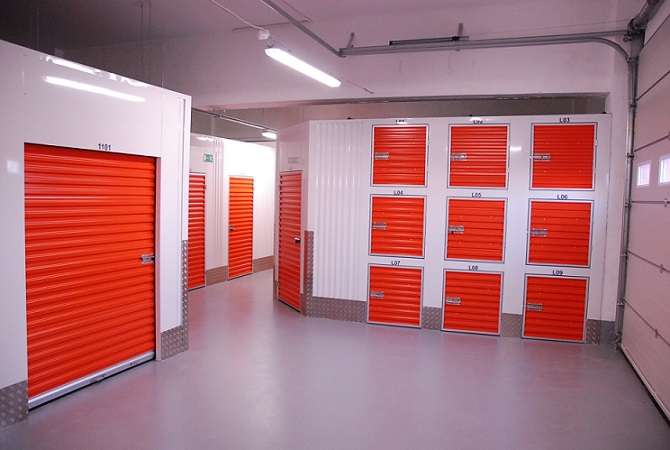
The majority of folks end up opting for self-storage. These units are usually less expensive and easier to obtain. Whatever type of storage company you choose, there are a few things to consider while making your decision.
Take into account how frequently you’ll need to access your belongings. If you know you’ll need to access the unit on a regular basis (or even more frequently), pick one that’s easy to get to. Find a location that is accessible without having to fight with traffic or bus changes, whether you utilize public transportation or drive yourself. Inquire about the accessibility hours when renting a storage unit. Some businesses have regular business hours, while others are open 24 hours a day, seven days a week. Choose the unit that best suits your requirements.
If you drive a car, your storage unit’s physical accessibility may be a consideration. Some businesses are designed such that units can be accessed from the outside and products may be easily transported from storage to a car. Others have indoor access via hallways, which means you’ll have to travel further to fetch or drop off something.
Depending on what you’re storing, a climate-controlled storage container may be necessary. Electronics, antiques, and artwork, for example, would benefit from a steady temperature.
Most companies provide a variety of storage unit sizes, allowing you to select the one that best suits your needs. Of course, you should begin by determining how much material you will need to store in the unit.
Often, after your items are in boxes, you’ll discover that they take up less space than you anticipated. You’ll obtain a clear picture of what you have and how much storage space you’ll need to maintain it by gathering and organizing your belongings.
It’s a good idea to leave some space around boxes and furniture for airflow if you’re storing for a long time. This will maintain your items in good condition while also making it easy to browse and find what you need when you need it.
Do yourself a favor and keep track of everything that goes into your storage unit while you pack. This will not only help you keep track of what you have, but it will also provide you with a list in case you need it for an insurance claim.
We also recommend drafting a simple map if you have a lot of boxes and items to keep. You don’t want to have to unpack your entire storage unit just to find that old photo book, so do yourself a favor and make some guidelines for where items should go.
Also Read: Moving Checklist : Necessities for Smooth MovingMoving Checklist 2021: Necessities for Smooth Moving
Wow Mover gives alternatives for short-term storage while you’re in transition or long-term storage to save the stuff you can’t fit in your house. You may feel certain that your valuables are in good hands with full-service facilities including climate control, photograph inventory, and high levels of security.
Related Articles:

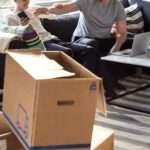




A sensible alternative is to rent a storage unit if you’re running out of room in your home or office. Here are some instructions to ensure that you get the correct storage unit and that the features you are looking for are offered by the storage facility.
You might still have an idea of what they are if you’ve never rented a storage unit before. The storage units at their base are enclosed spaces for storing your belongings in a clean, dry environment. But in terms of customer care, cleanliness, and security measures, you will be shocked at the broad chasm between facilities. While the price is always a factor, in comparison to having your things stolen or damaged, saving a few dollars each month will pale.
If you’ve determined that a storage unit is a good idea, determining the size is the next step. Although your initial storage may be things that just won’t fit into the garage or basement, consider other items that may be better kept in your storage unit that reside in your house. Stuff like decorations for holidays that are used only at a certain time of year. In addition, products such as lawn furniture and equipment for the yard.
Furthermore, you may not only want to decide what you want to store today, but you should try to predict what needs to be stored down the road. Will you be downsizing any time soon, for example? You may have additional furniture and other things that you want to hold, but you won’t have room for them.
Both the location of the storage facility itself as well as the location of the unit at the facility when we say location. You may be tempted to rent from a storage company that is nearest to your current home with regard to the location of the facility. While convenient, the facility can not have the characteristics you really want. A better plan is to expand the diameter of your quest to include facilities within half an hour of your house. The truth is, every day, week, or even month, you will most likely not be visiting your moving storage unit. You can also find one that provides better facilities at a lower price by expanding your search.
When you identify the location of the storage facility, find out where you want your unit to be in the facility. If the unit should be indoor or outdoor is the first decision. One that is housed inside the storage unit building is an indoor unit. They are accessible through an indoor corridor and are situated on the first, second, or even third levels, with elevator access to the upper floors.
The benefits of indoor units are that they are easier to enter, and your belongings would be safer from the weather as well as preserved year-round at a reasonably uniform temperature. The drawbacks are that loading and unloading objects, especially large items such as furniture, may be more difficult for you. Your hours of access may also be slightly more limited.
Outdoor units are those which are normally reached by driving up to them. The profit is the ease of loading and unloading directly into them. Outdoor unit sizes can also be larger than indoor units. These modules, however, are not quite as cozy as their counterparts indoors. And in the rain, snow, or other weather problems, you might find yourself having to move objects.
If you felt there was a risk your things would be stolen, you wouldn’t rent a storage unit, right? Well, with cut-rate storage firms, this occurs all too frequently. Identifying businesses that use the new security measures is what you want to do.
Do they feature the whole facility’s security system, indoors and out? Ask questions about how long the video is stored and how it is recorded.
Find out what kind of access system they use, as well. Ideally, you’ll want a facility that provides access to either fingerprint sensors or custom pin-code. These types of entry systems allow exactly who enters and exits and when to be monitored by the storage facility. Some facilities also have units that are individually notified for added protection.
Inspect the facility’s perimeter fencing. Does it go all over the floor? Is there any harm that might make access possible?
Finally, what kind of locks are located on the storage units themselves? Usually, there are three kinds of locks you’ll find on storage units. The typical padlock comes first. These can be quickly cut using bolt cutters while being inexpensive. Next, there are locks for discs.
These are similar to padlocks, but feature smaller, more difficult to cut, angled shackles. Then you’ve got cylinder locks, similar to the deadbolt lock used on the front door of your house. This is the most safe lock available, mostly because bolt cutters can not be used to cut it. The best advice is to check for a storage facility providing this kind of lock.
Most storage facilities sold only unheated storage units in the olden days of the storage industry. These units were also not usually insulated, meaning that your belongings were exposed to temperature and humidity extremes, which could be very dangerous to objects such as appliances, antiques and other items, depending on what you kept.
There are several higher-end installations today that provide either heated storage units or climate-controlled units. During the winter months, heated units hold the temperature up. They are also usually insulated so that within the unit, temperatures will not get too high during the summer months. Climate-controlled units are those that are year-round, thermostatically regulated to a constant temperature. This is the way to go if you have fragile objects.
Units that are made of steel are another thing to look for. Wood framing and drywall storage units absorb humidity and odor. These will enter your belongings finally, degrading them.
In reality, the best way to decide what you really get is to go to the facility you’re thinking about and ask to be shown around. There will be competent, friendly workers in a good storage company who will be more than happy to give you a full tour and answer all your questions. That can be a fair indicator of the type of service you are likely to get after you have rented, if you get a staff member who appears disinterested or irritated with questions you ask.
Ask to see the actual storage unit that you will rent or at least one on or in the same location on the same floor. This way, you will begin to imagine what it would be like to move your things in and out and be able to measure the necessary effort.
Ask other questions, such as what access and office hours are, whether the units are regularly monitored for water leakage, and what kind of pest control they use. Believe it or not, rodents have a major issue with certain storage facilities. In one of these, you certainly don’t want to store your valuables.
Check the storage facility feedback that you’re considering. Make sure to do it, whether you do it first or last. Read not just the feedback on the company’s website, but the Yelp and Google reviews. You’ll be able to get a better picture of what clients think of the facility by reading feedback on various pages.
Many storage facilities demand that you keep insurance in your unit for the contents. To see if your homeowners or renter’s insurance covers your goods in storage, you’ll want to check with our insurance provider. If not, via the storage business itself, storage insurance would almost invariably be available.
The benefits of using the insurance of the storage company are that it is usually very inexpensive, often covers rodent damage and transit items, and often comes with no deductible, while if you make a claim with the insurance of your homeowner, you will first have to pay your deductible and then run the risk of upping or cancelling your insurance.
Determine what the leasing policy of the company is. Do they sell month-to-month no-deposit leases or last month’s rent? Are you liable for the whole month if you quit in the middle of the month? A good facility would allow you, without a long lease agreement, to rent from month to month. If you leave mid-month, if proper notice has been issued, you will not be charged for a full month’s rental.
Know when payments are due, about the late payment policy of the company, and the methods of payment. In order to make paying your bill quick, some storage companies offer direct pay options as well as online bill pay.
Storing your belongings has come a long way in a storage facility. With so many storage choices out there, to ensure you get the storage you want and need, it’s important to do your homework.
Related Articles :